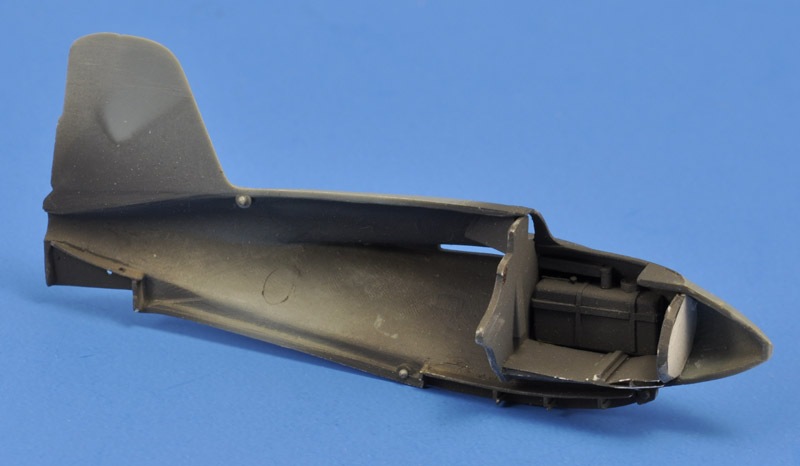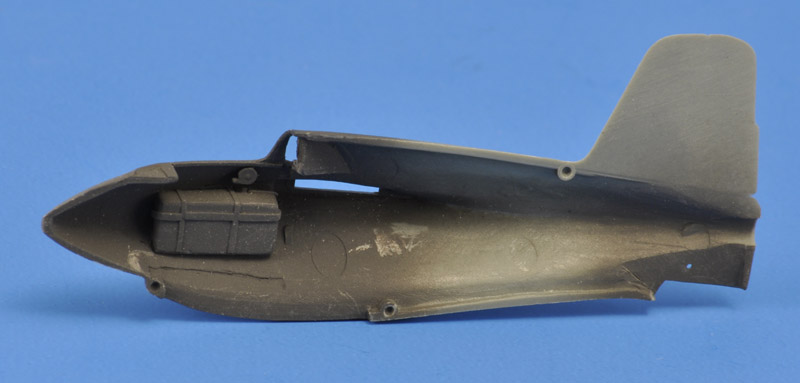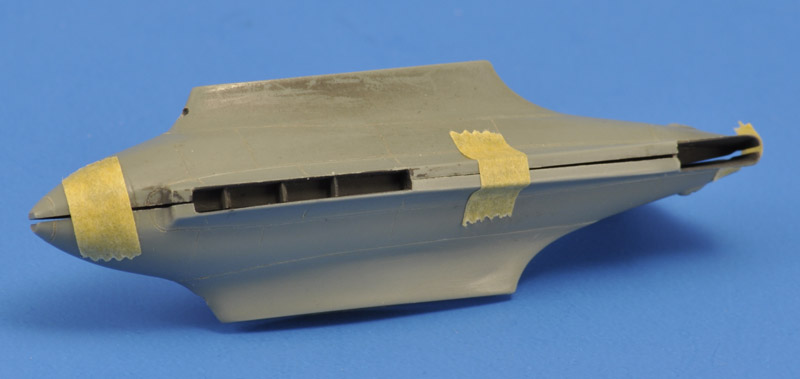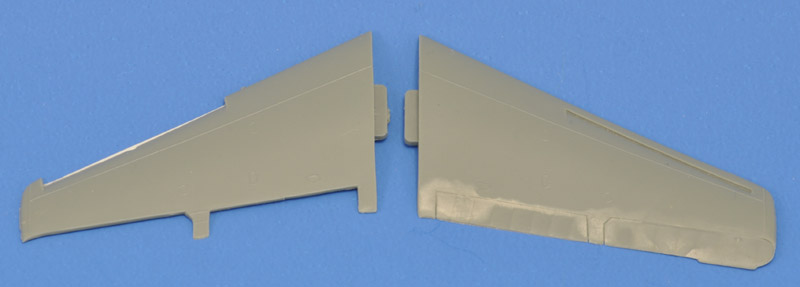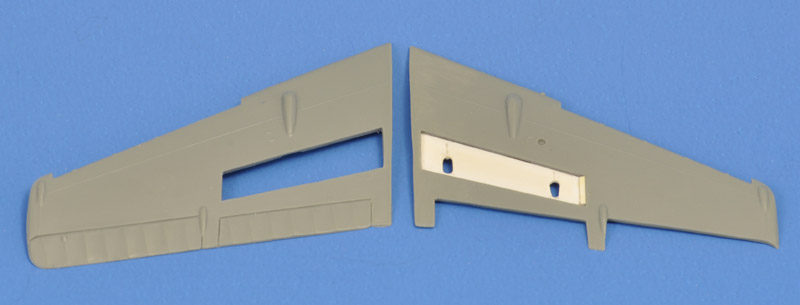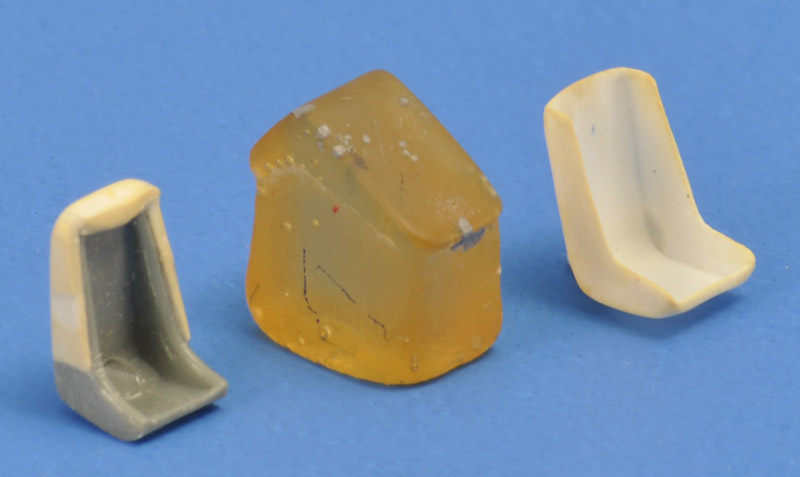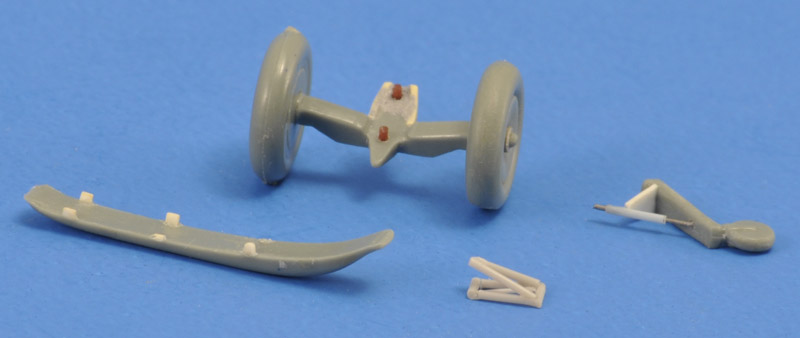Heller 1/72 Me 163B-1 Komet
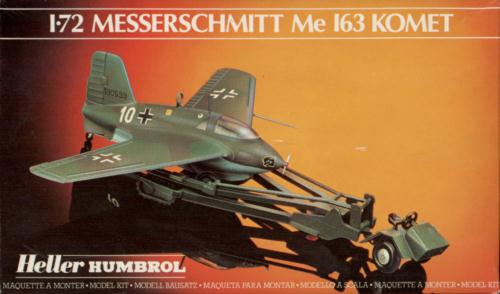
| I bought this kit in 1992 because I had a vague interest in this little rocket fighter, and also because I visited Brandis airfield in East Germany, of which I knew it had been a major Komet base. I started researching the subject a little, and got interested. Around 1997-1998, the bug really bit, and my research went way out of hand. The results can be seen on the Me 163B Komet web site that I created.
I worked on and off on this model until 1999, when rumours about a new 1/72 Komet from Academy started. Indeed it came out early 2000, and it blew away all competition. Having built the Academy model straight from the box, I'm sure I will never finish the Heller kit. The Academy kit is much better in all aspects, and it's a waste of time updating the Heller kit. I decided to leave this page on the site, for reference, and as a nice memory! The old small photos were replaced in 2021. |
